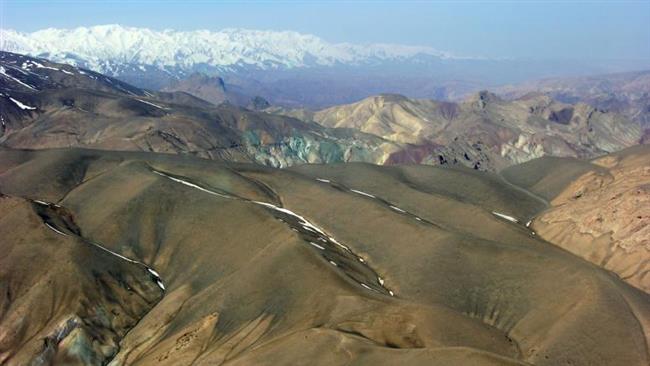A heavy mineral sands prospect in northwest Iran is now ready for production of titanium, marking another milestone in the country’s sourcing of strategic metals.
The Qara-Aghaj deposit near Urmia, estimated to hold 120 million tonnes of titanium-bearing ores, was brought into operation, pending the establishment of processing plants, provincial deputy head of the industry, mine and trade organization Parisa Abedpour told IRNA on Tuesday.
Qara-Aghaj is one of the largest known titanium ore deposits, containing 30 percent of Iran’s overall reserves. The other major titanium prospect is Kahnuj in Kerman, estimated to hold 150 million tonnes. The Fanuj mine in Iran’s Sistan and Baluchestan province is another base for titanium deposits.
Iran’s first titanium processing plant was brought online in 2016, with a capacity to produce 130,000 tonnes of titanium dioxide concentrate and 70,000 tonnes of titanium dioxide slag per year.
The operation of the Kahnuj plant put Iran in the league of a few countries which produce titanium – the strategic metal of the century, named after the powerful Titan gods in Greek mythology.

Barring the oil and gas sector, the extractives industry is underdeveloped. But the country is trying to diversify its economy which relies mainly on oil exports – currently subject to the most draconian US sanctions ever – and mining is integral to the effort.
In January, Iran launched a pilot project for extraction of rare earth after obtaining the technology for deep-level mining, with one official calling it a “big event”.
Every year, Iran imports 180 tonnes of rare earth elements which are used in a wide range of consumer products such as catalysts in cars and oil refineries, televisions, superconductors and fiber optics.
Rare earth elements are a group of mostly strategic metals which appear in low concentrations in the ground. They have lately emerged as one of the fronts in an escalating trade war between China and the United States.

Economy without oil
Head of Iran’s Plan and Budget Organization Mohammad Baqer Nobakht said earlier this month that the government planned to run the country without oil. Iran, he said, earned just $8.9 billion from the sale of oil and related products in the last fiscal year, down from a peak of $119 billion less than a decade ago.
A boom in manufacturing has already seen Iranian companies looking beyond the domestic market to export an increasingly diverse range of goods, turning the devaluation of the rial to their advantage.
In 2019-20, non-oil exports totaled $41.3 billion, exceeding oil exports for the first time in Iran’s modern history. Bloomberg said around half of Iran’s non-oil exports were in manufactured goods, meaning that Iran’s factories earned more than double what the country’s oil rigs earned in export revenue last year.
“Iranian consumer goods and industrial products—ranging from cookies to stainless steel—are exported widely within the Middle East as well as further afield to China, Russia and Europe,” the financial news provider said.
Manufacturing is also a major contributor to employment. Between March 2018 and December 2019, the manufacturing sector added 472,000 jobs.
The pivotal role of the sector in Iran’s economic resilience has not escaped the attention of the Trump administration. In January, Washington imposed new sanctions, targeting Iran’s construction, manufacturing, textiles, mining, aluminum, copper, iron and steel industries, Treasury Secretary Steven Mnuchin said.
The coercive measures affect the private sector and millions of blue-collar workers in Iranian factories, disproving the US government’s claim that the sanctions target the state and not ordinary people.
